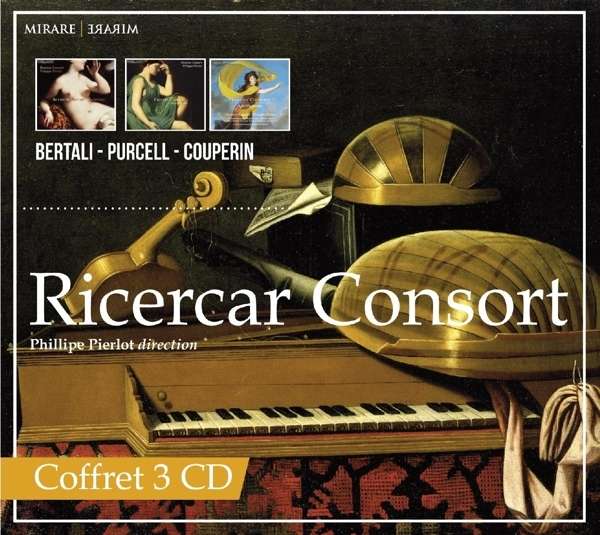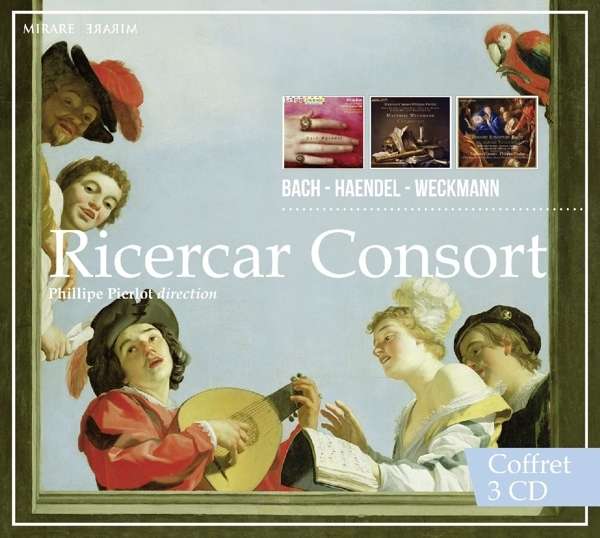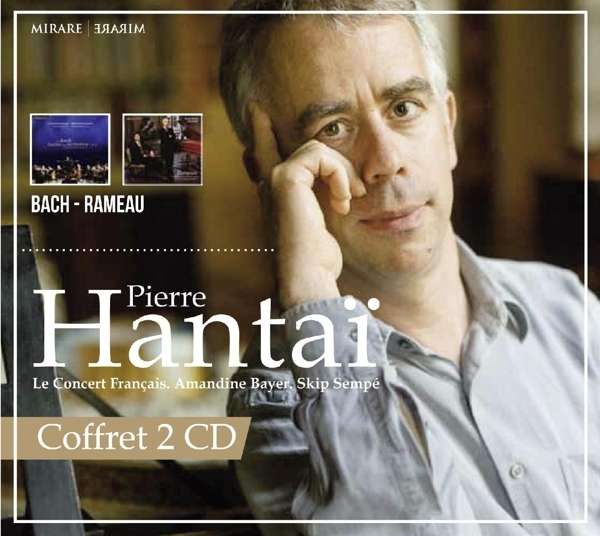Masaaki Suzuki (Schnitger/Hinz organ in the Martinikerk, Groningen)
79:26
BIS-2111 SACD
BWV535, 548, 565, 572, 590, 767 & 769
[dropcap]T[/dropcap]his is a brilliant Bach recital by Masaaki Suzuki on a seemingly perfect Ahren restoration of the complex organ in the Martinikerk, Groningen.
To take the instrument first: a gothic organ of 1450 was altered in 1482, and then altered in Renaissance style in 1542, added to in 1564 and 1627-8, altered in 1685-90, then rebuilt and enlarged with enormous 32’ Principal pedal towers by Arp Schnitger in 1691-2 after various disasters, given a new Rugpositief by Schnitger’s son and Hinz in 1728-30, again repaired and enlarged by Hinz in 1740 after subsidence. Then between 1808 and 1939, when the action was electrified, it was altered and substantially re-voiced, so that the historic origins of the organ became scarcely discernable. A major work of restoration was then executed over more than an eight-year period between 1976 and 1984 by Jürgen Ahrend to bring it back to its supposed 1740 shape and sound. The result is very fine, but it has none of those slight variations between notes that make many organs surviving in more or less their original form so melodically fluent, and is a characteristic of for example a careful reproduction of a 1720s Denner oboe.
I have not examined the organ in detail, but the photographs on the website make it clear that the frame and action are entirely new and much of the pipework has been re-voiced (again). Of the 53 stops, 20 are in origin Schnitger or earlier, 14 are from the 18th or early 19th centuries, and 19 are entirely new. It is indeed now a Rolls Royce of an organ – though once again I am sorry not to have a detailed registration scheme. The sound is splendid, but so well regulated that it seems like a classy reproduction rather than an original instrument.
I make no apology for this fairly detailed comment on the organ, because the new action and even regulation helps explain why Suzuki can play it so fluently. So now to the playing. From his choice of music here – his earlier recordings of Bach’s organ music include the Clavier-übung iii – I suspect that Suzuki may prefer playing the harpsichord. Certainly the playing of the manualiter Pastorale (BWV 590) and the Partita on O Gott, du frommer Gott (BWV 767) is lovely, and I particularly like the phrasing and registration of the latter. The bigger pieces – THE Toccata and Fugue in D minor (BWV 565), the Fantasia in G (BWV 572) and the ‘Wedge’ Prelude and Fugue in E minor (BWV 548) are played finely, but somehow rather unyieldingly; and the remaining piece on the CD, the Canonic Variations on Von Himmel hoch (BWV 769) gets – to my mind – a more mechanical and less revealing performance than Robert Quinney’s elegant performance on his Coro Vol III 16132, reviewed here.
I am a great enthusiast for Suzuki’s Bach with his Collegium Musicum, Japan, and think that he is a fine musician with a sure touch for balance, tempi and colour; but although the performances are faultless, something is missing here – the clattering tremulant in Partita viii on O Gott, du frommer Gott (track 14) is an almost welcome relief! – and I suspect that technical brilliance is winning over letting the music sing: the organ and its player ought to be breathing.
David Stancliffe
[iframe style=”width:120px;height:240px;” marginwidth=”0″ marginheight=”0″ scrolling=”no” frameborder=”0″ src=”//ws-eu.amazon-adsystem.com/widgets/q?ServiceVersion=20070822&OneJS=1&Operation=GetAdHtml&MarketPlace=GB&source=ss&ref=ss_til&ad_type=product_link&tracking_id=infocentral-21&marketplace=amazon®ion=GB&placement=B0116DE212&asins=B0116DE212&linkId=&show_border=true&link_opens_in_new_window=true”]
[iframe src=”http://www.jpc-partner.de/link.php?partner=ngr&artnum=8256214&bg=ffffff&tc=000000&lc=e5671d&s=120&t=1&i=1&b=1″ width=”120″ height=”214″ scrolling=”no” frameborder=”0″]
[iframe style=”width:120px;height:240px;” marginwidth=”0″ marginheight=”0″ scrolling=”no” frameborder=”0″ src=”//ws-na.amazon-adsystem.com/widgets/q?ServiceVersion=20070822&OneJS=1&Operation=GetAdHtml&MarketPlace=US&source=ss&ref=ss_til&ad_type=product_link&tracking_id=earlymusicrev-20&marketplace=amazon®ion=US&placement=B0116DE212&asins=B0116DE212&linkId=KNRZPSKFIXAFOI6O&show_border=true&link_opens_in_new_window=true”]
5533






